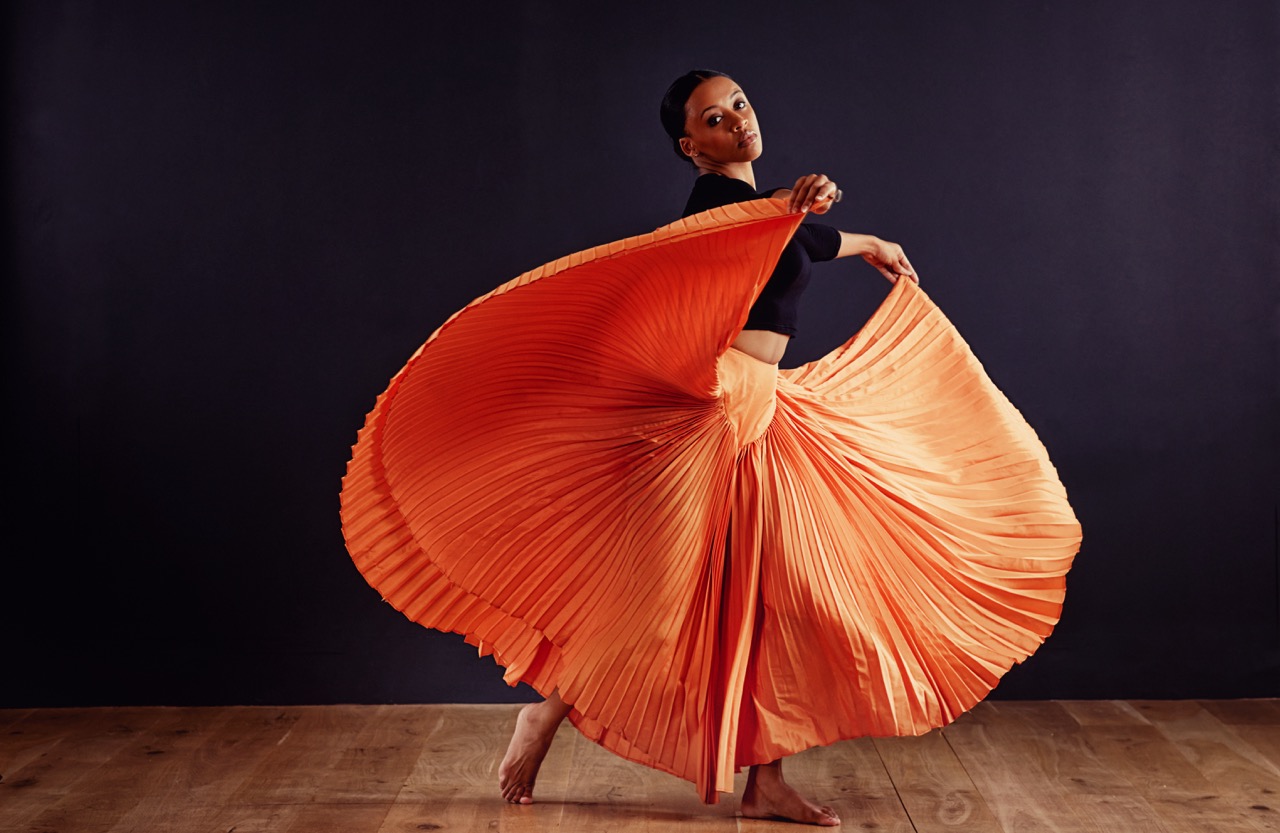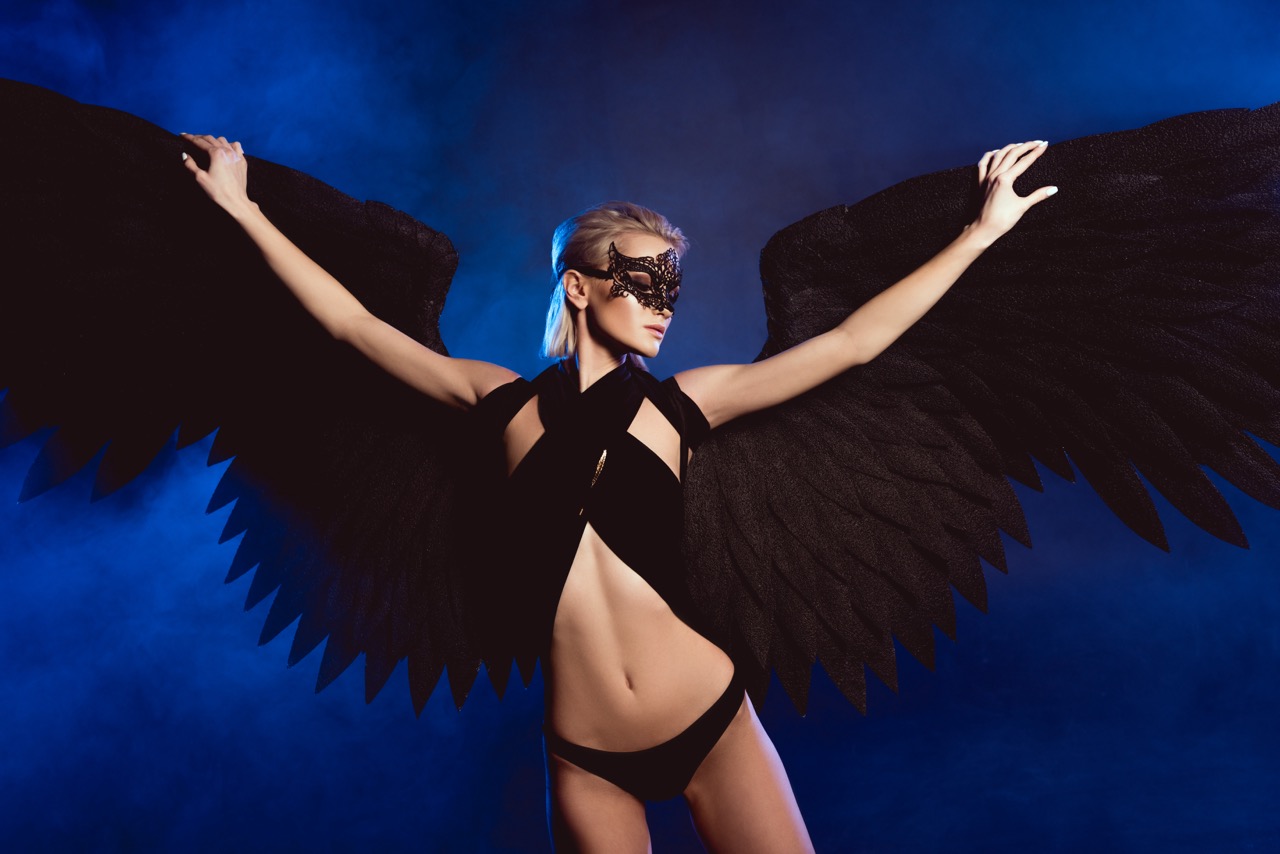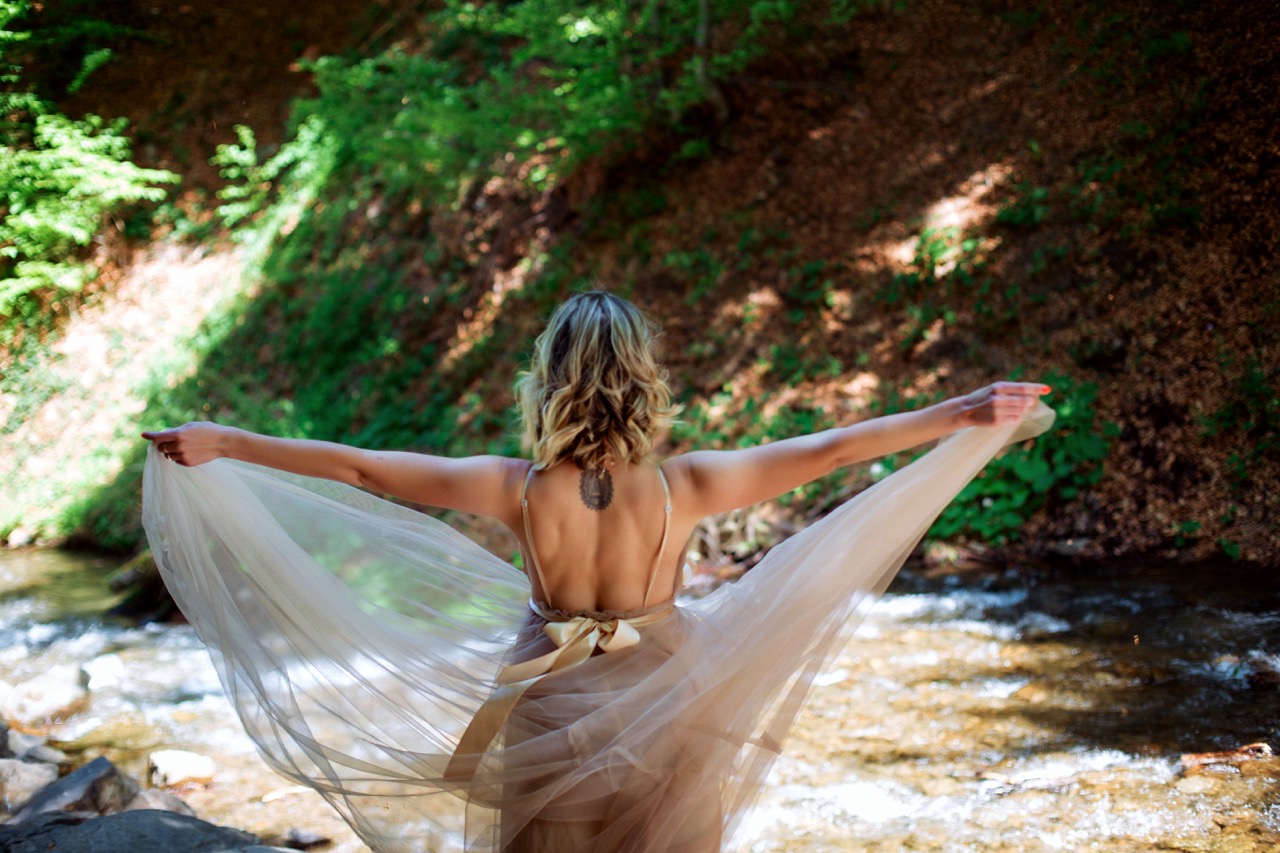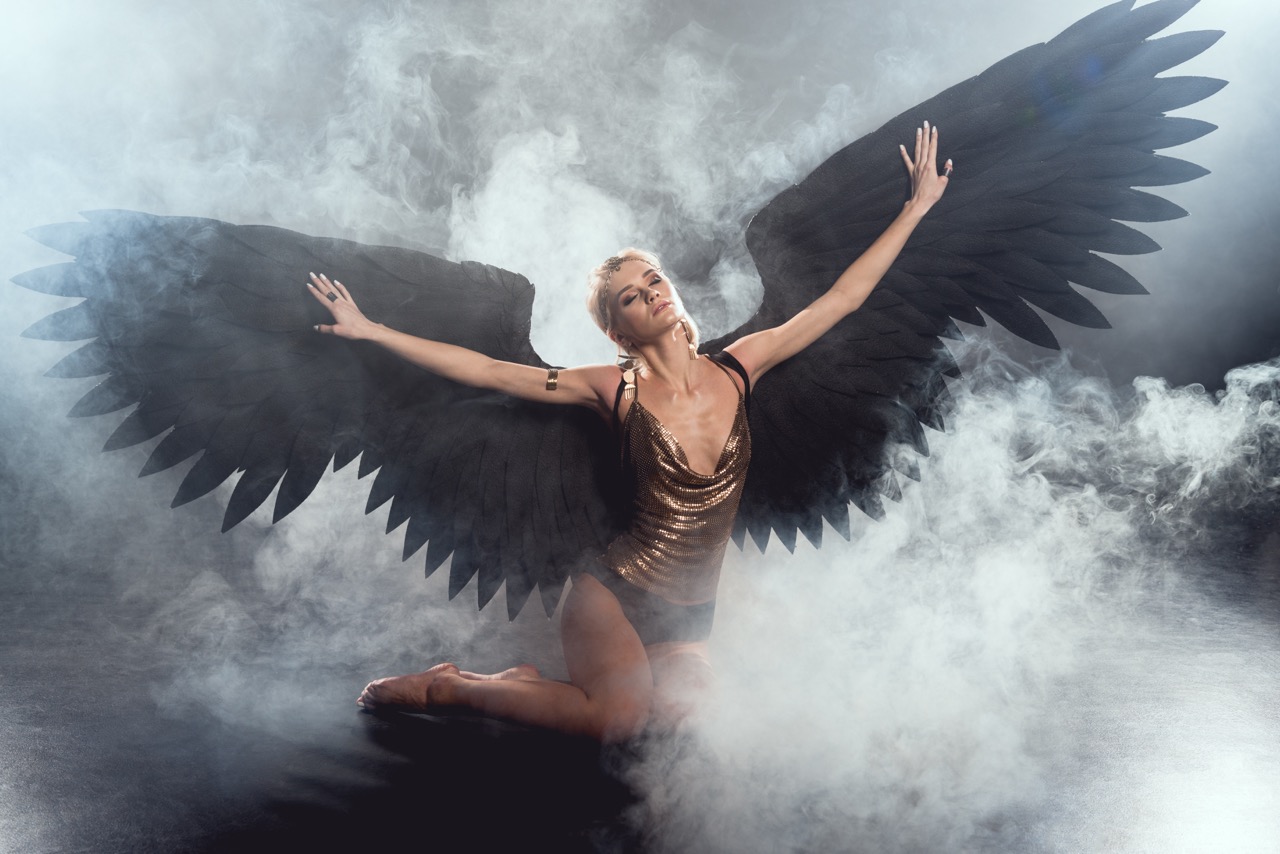The world of dance is a rich tapestry of movement, emotion, and expression, where every element plays a pivotal role in storytelling. Among the most striking accessories in a dancer’s repertoire are wings, which can transform a performance into a breathtaking spectacle. These fascinating additions not only elevate the visual aesthetics of dance but also serve various functional and cultural purposes. This article explores how wings can be adapted to different dance genres, highlighting their artistic significance, versatile designs, physical dynamics, and cultural storytelling.
Unveiling the Artistry: Wings in Dance Expression
Wings in dance are more than mere adornments; they are extensions of the dancer’s body and spirit. They can evoke feelings of freedom, transcendence, and joy, allowing dancers to connect more deeply with their audience. When integrated thoughtfully into choreography, wings can accentuate movements, creating a visual dialogue that enhances the overall narrative of the performance. The flutter of fabric, the glimmer of embellishments, and the fluidity of motion all contribute to a multi-sensory experience that captivates viewers.
Each genre of dance brings its own unique flair to wing usage. In contemporary dance, for instance, wings can symbolize liberation or transformation, often incorporating abstract aesthetics that challenge traditional forms. Meanwhile, in ballet, wings are often associated with ethereal characters, embodying grace and elegance. This artistic versatility allows choreographers to explore various themes and emotions, making wings a powerful tool for creative expression across genres.
Moreover, the choice of materials and designs plays a significant role in the artistry of wings. Delicate fabrics like chiffon or organza may be used for a soft, flowing effect, while more structured materials like feathers or metallic fabrics can create a dramatic impact. This diversity in design not only enhances the visual appeal but also allows for a wide range of interpretations, inviting choreographers to experiment and innovate within their work.
From Ballet to Burlesque: Versatile Wing Designs
The adaptability of wing designs is exemplified in how they can fit seamlessly into distinct dance genres. In ballet, wings are typically characterized by a classic silhouette, often resembling those of angels or fairies. These designs prioritize elegance and fluidity, complementing the dancer’s movements while maintaining a sense of grace. The use of pastel colors and light materials enhances the ethereal quality, creating a harmonious blend with the overall aesthetic of ballet.
In contrast, burlesque offers a bold canvas for wing design, emphasizing sensuality and allure. Here, wings can range from extravagant feather ensembles to sequined creations that catch the light and draw attention. The exaggerated size and vibrant colors often become a focal point of the performance, enhancing the flirtatious and playful nature of the dance. These wings invite dancers to explore their sensuality, playing with movement and audience engagement in an entirely different manner than their classical counterparts.
Even within the same dance genre, variations in wing design can lead to vastly different performances. For example, a contemporary dancer might opt for oversized, abstract wings that defy gravity, allowing for a more avant-garde approach. These variations serve to inspire creativity in choreography, as dancers and choreographers alike can tailor their wing designs to fit their artistic vision, ensuring that wings remain a dynamic and integral part of the performance.
The Physics of Flight: Enhancing Movement Through Wings
Wings are not merely aesthetic embellishments; they influence the very physics of dance. The added weight and surface area can alter a dancer’s movements, offering both challenges and advantages. For instance, the drag created by larger wings can slow down certain movements, encouraging more deliberate and controlled expressions. This effect can be harnessed to create powerful moments in choreography, where the dancer’s struggle against gravity mirrors the emotional weight of the narrative.
Additionally, the interplay between a dancer’s body and their wings can amplify the visual impact of movements. As the dancer spins or leaps, the wings may catch the air, creating a visual effect reminiscent of flight. This can evoke feelings of freedom and liberation, allowing the audience to connect emotionally with the performance. The kinetic energy generated by wings can also enhance transitions between movements, providing a seamless flow that reflects the dancer’s internal rhythm.
Moreover, understanding the physics of movement with wings allows dancers to innovate and push boundaries. Choreographers can design sequences that utilize the momentum of wing movements, creating dynamic contrasts that engage the audience’s attention. By experimenting with different sizes, shapes, and weights of wings, dancers can discover new possibilities for expression, adding layers of complexity to their performances that resonate physically and emotionally.
Cultural Influences: Wings That Tell a Dance Story
Wings have deep cultural significance, often symbolizing various themes such as freedom, spirituality, and transformation. In many cultures, winged figures are depicted in folklore and mythology, often representing divine messengers or powerful deities. By incorporating wings into dance, performers can tap into these rich narratives, adding cultural depth to their choreography. For instance, in traditional Indonesian dance, elaborate winged costumes reflect the grace of mythical creatures, allowing dancers to embody cultural stories and heritage with every movement.
The integration of wings also allows for a cross-cultural exchange of ideas and aesthetics. Dancers from different backgrounds can draw inspiration from one another, blending styles to create unique performances that celebrate diversity. This cultural interplay can be particularly seen in fusion dance forms, where traditional techniques are merged with contemporary styles, resulting in innovative wing designs that respect and honor the origins while exploring new artistic frontiers.
Furthermore, wings can serve as a powerful visual metaphor in storytelling. They can portray themes of struggle, aspiration, or rebirth, enabling dancers to communicate complex emotions and narratives without words. As such, cultural influences on wing design become a vital aspect of the dance, transforming the wings into symbols that resonate deeply with both the performer and the audience. This depth of meaning enhances the overall impact of the performance, making wings a fundamental element of dance storytelling.
The adaptability of wings in dance showcases the extraordinary intersection of artistry, movement, and cultural expression. From the delicate elegance of ballet to the bold allure of burlesque, wings serve as powerful extensions of a dancer’s narrative, enhancing visual storytelling and emotional depth. As dancers continue to explore the physics of movement and cultural significance behind their designs, wings will remain a vital aspect of the ever-evolving dance landscape, inviting audiences to soar with them on a journey of creativity and expression.










